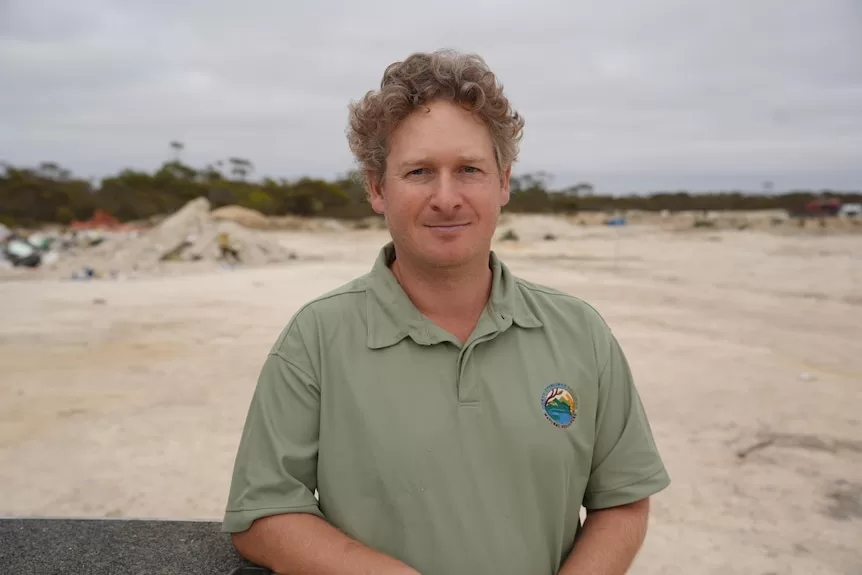- In short: Landcare organisations say the number of feral foxes is declining as more farmers and land managers implement control measures.
- More than 100 red foxes were culled north of the Stirling Range in a coordinated effort to eradicate the feral pest.
- What’s next: Scientists from Murdoch University will analyse the content of the foxes’ stomachs to understand their impact on native flora and fauna.
Feral foxes are being culled at record rates across the country as more farmers move to protect their flocks, but the carcasses are also offering scientists a new way to monitor endangered marsupials.
WARNING: This story contains images some readers may find upsetting.
In the West Australian town of Ongerup, 400 kilometres south-east of Perth, bleary-eyed farmers unload dozens of red foxes shot during the night.
The cull is part of a conservation program run by North Stirlings Pallinup Natural Resources (NSPNR) to curb the number of feral animals north of the Stirling Range.
NSPNR member Jamie Spencer said shooting feral animals, which preyed on native animals and livestock, was one of the best ways to reduce the population.
“There are more than 60 foxes we’ve shot, only about five cats and 10 rabbits — it’s a good number to bring in,” he said.
“There are a lot of merino or sheep farmers around the area, so getting rid of the foxes will help their lambs’ survival rates.”
With a second shoot taking place in the neighbouring town of Gnowangerup on the same night, more than 100 foxes were removed from the region in 12 hours.
Critical clues from fox stomachs
The corpses, however, will have a second life, with scientists studying the diet of the foxes to understand the impact they are having on the environment.
Murdoch University PhD candidate Natalie Grassi said the predatory diet of the foxes would be analysed to better understand their eating habits.
“We open up the stomach contents to see what they’ve been eating and that gives us a pretty good idea of whether the foxes or cats are consuming more introduced or native species,” she said.
Ms Grassi said foxes and cats were turning their attention to native animals as more control was placed on introduced species, such as rabbits.
She said dissecting the feral animals was a pragmatic way to understand the impact.
“A lot of small mammals are very hard to identify on camera … so being able to cut them out of a stomach and have them in hand is a really good identification method,” Ms Grassi said.
“I have analysed stomachs from 2021, which did contain a lot of things, rabbits and other introduced species.
“But now with the 2023, and 2024 stomachs, we are seeing a bit more of a shift towards native animals. A lot of those pygmy possums are coming in now.”
Fox numbers in decline
Wheatbelt Natural Resource Management red card coordinator Jackie Lucas said national data showed feral fox numbers were declining as more farmers and landholders took steps to control the population.
“In 2016, 59 per cent of land managers reported foxes, which has decreased to 54 per cent of land managers reporting foxes in 2022,” she said.
“More people are controlling foxes so the levels are going down.”
While data showed the numbers were declining, Ms Lucas said there was a risk foxes could move into culled areas and prey upon verbal species.
“Foxes are territorial and what happens if you remove them from one area is they will move in from another area. That’s why we encourage a coordinated approach,” she said.
With the potential for foxes to reinhabit the culled areas, Ms Grassi said her work, while “not glamorous”, was necessary to protect threatened species.
Get our local newsletter, delivered free each Thursday
